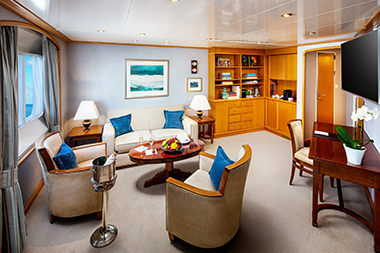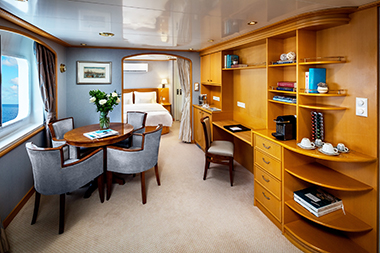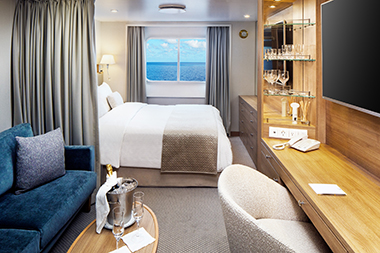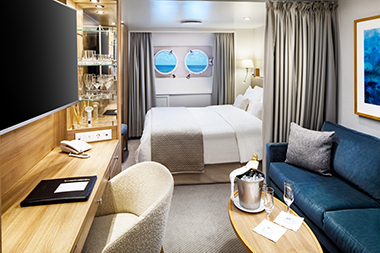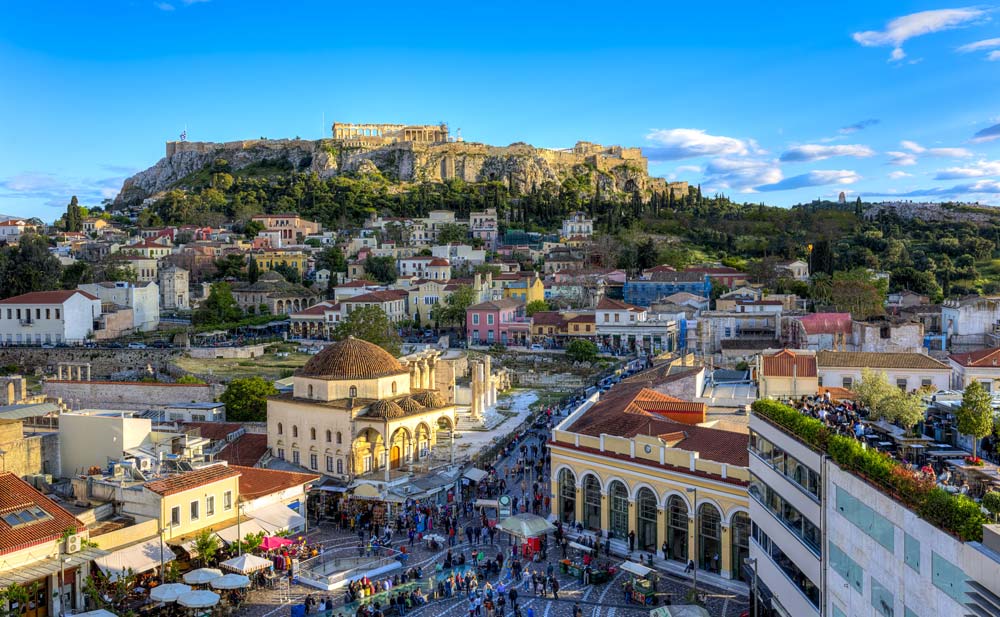
Piraeus, roughly translating to “the place over the passage”, is an important Greek port located within the Athens agglomeration, in the Attica Basin. It is 12 kilometers from the municipality of Athens, considered the fourth largest and is the third most populous amongst all the municipalities of Greece. Now a peninsula, Piraeus, originally a rocky island, was developed in early 5th Century B.C. when it was initially designated as Athens’ import and transit trade port. It is the largest marine-based shipping center of Greece, one of the largest ports in Europe, and considered the second largest passenger port in the world. Inhabited since the 26th Century, it wasn’t until the 6th Century B.C. that Piraeus began catching attention. The land of Piraeus was essentially impassable, flooded by the sea most of the year until centuries passed and the flooding ceased. By the 5th Century B.C. it became a navy base for the Athenian fleet for the natural harbors and the strategic potential they carried. Athenian general and politician Themistocles fortified Piraeus’ three harbors Kantharos, Zea and Munichia, created ship houses and completed his walls in 471 B.C., which led to the port becoming a great military and commercial harbor. There are many archaeological sites, points of interest and entertainment available in Piraeus. Most famous for its tavernas and cuisine, several popular events take place in Piraeus, such as the Ecocinema International Film Festival, the Maritime Festival, the Piraeus Rock Wave Festival and the Three Kings’ Way Festival. There are also many theaters, including the Municipal Theater, the open air Veakeio Theater, and the Menandreio Theater. Museums in Piraeus include the Archaeological Museum of Piraeus, the Merchant Shipping History Institute Exhibition, the Panos Aravantinos Decor Museum, the Georgios Averof Museum Ship and the Museum of Electric Railways. Be sure to catch the panoramic views available from the hill of Kastella, overlooking Athens and the Saronic Gulf!
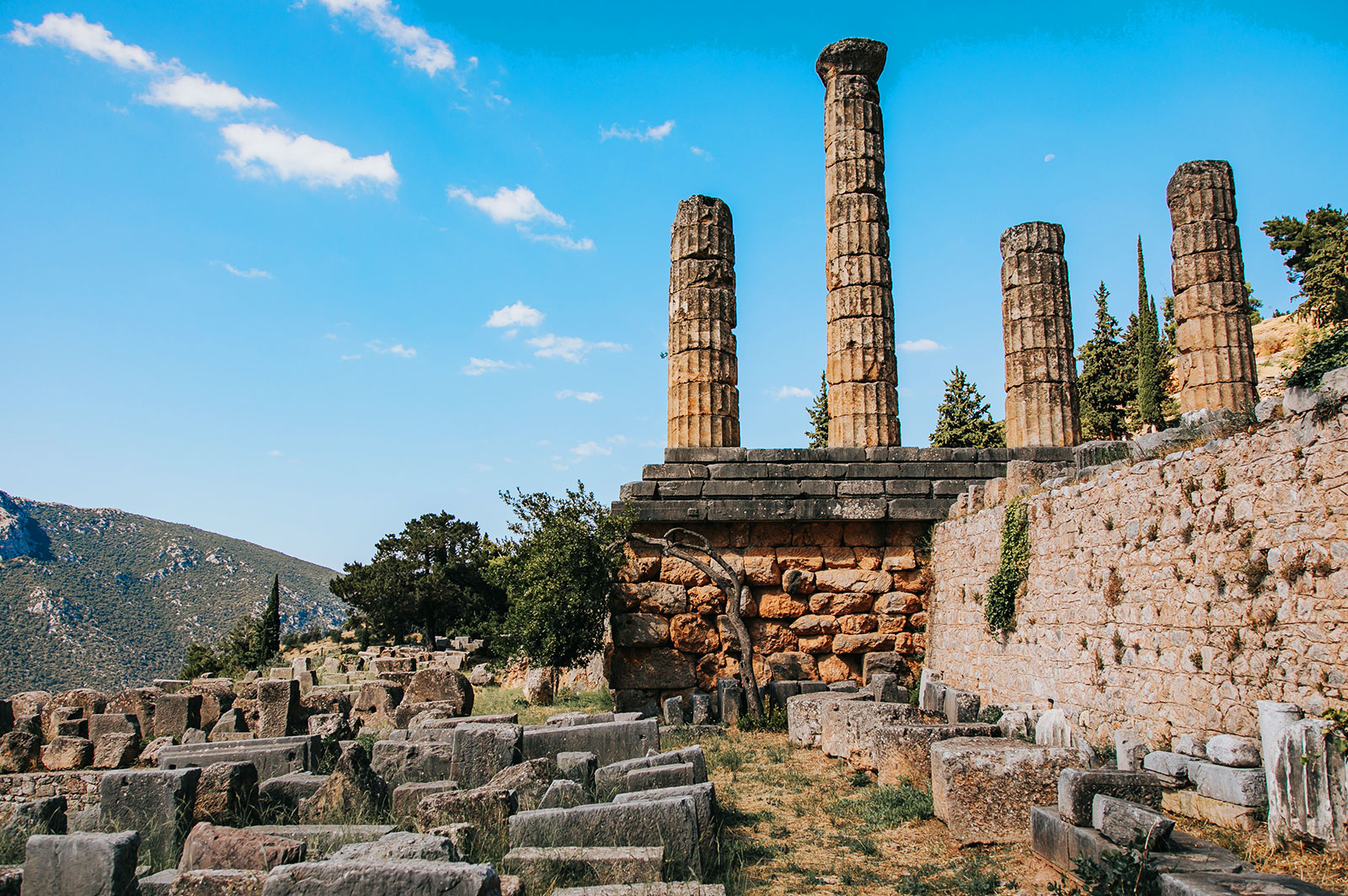
Itea is a small town situated on the north coast of the Gulf of Corinth, 2 km west of Kirra, 8 km southwest of Delphi. The town has a nice beach along with some shops, cafes and restaurants. It allows the closest access to the incredible sight of Delphi which is within the top three archeological attractions in Greece and in 1987 was inscribed as a UNESCO Heritage Site. It is believed the Zeus wanted to find the center of the Earth so he sent two eagles flying from the eastern and western extremities and where they met was Delphi – becoming the “navel/center of the earth”. SeaDream has arranged the very best guides and vehicles from Athens to enhance this incredible visit further. Your guided visit highlights the ancient Sanctuary of Apollo, where Pythia, the celebrated Oracle dwelt, the Temple of Apollo, the Sacred Way, the amphitheater, the best-preserved stadium of Greece, and the Castalia Spring, where in ancient days the pilgrims had to wash before they were allowed to consult the Oracle. In the Delphi Museum, see such treasures as the Omphalos, which marked the center of the world, and the magnificent bronze Charioteer, one of the finest pieces surviving from the 5th century BC. After the museum, there will be free time to visit the village of Delphi. SeaDream has the option of docking along the small pier in Itea or anchoring off to provide water sports options. This is dependent on availability as well as a number of guests visiting the archeological site.
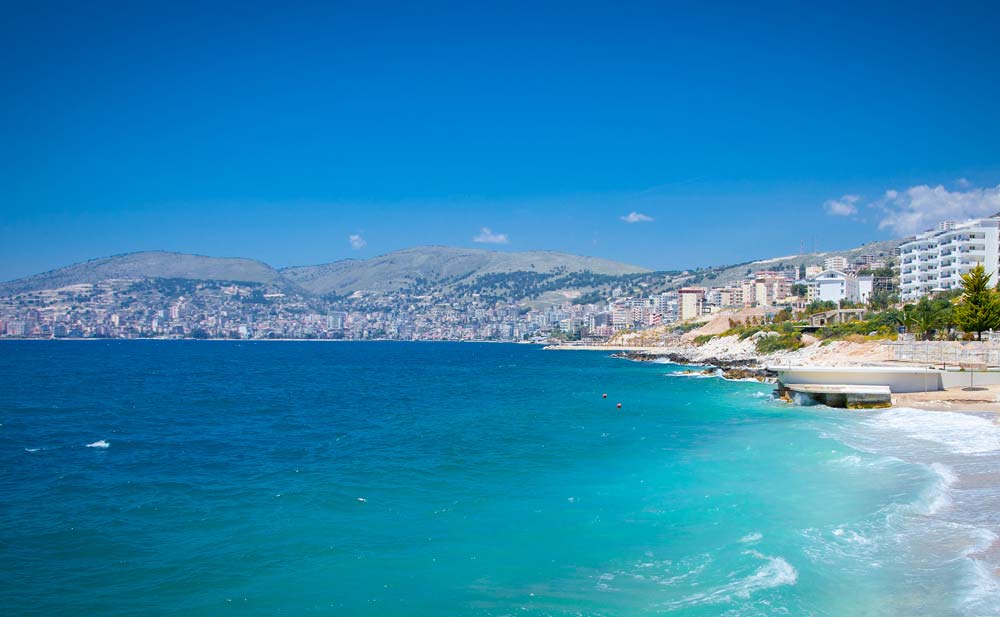
This attractively situated port and the seaside town lies in the very south of Albania, close to the border with Greece. The Greek island of Corfu can be clearly seen across the channel. The town is built back from a small beach with a pleasant palm-fringed esplanade. Located close by are not one, but two different UNESCO World Heritage sites! The first is the ancient city of Butrint which is now a national park where the remains of 3,000 years of occupation are piled on top of one another. The other site is the town of Gjirokastra, where the old town is a rare example of a well-preserved Ottoman town.
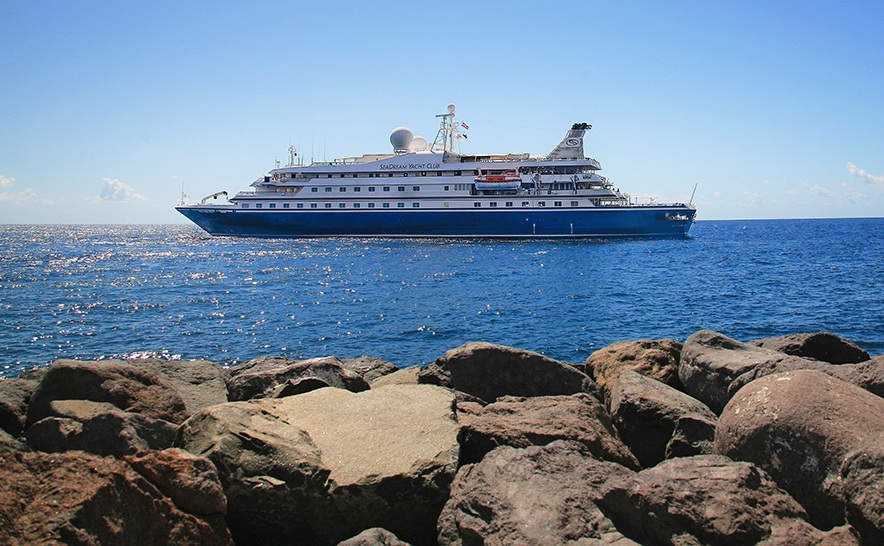
The rather sleepy port of Katakolon at the western edge of Greece's Peloponnese Peninsula is close to the archeological site of Olympia, where the ancient Olympic Games were held. The Games date back possibly further than 776 BC. In 394 AD, (after exactly 1170 years) emperor Theodosius I abolished them as they were then considered reminiscent of paganism. The town has a pleasant waterfront where you can find a seat at one of the seaside cafes and order a cool drink and some local mezes (Greek snacks).
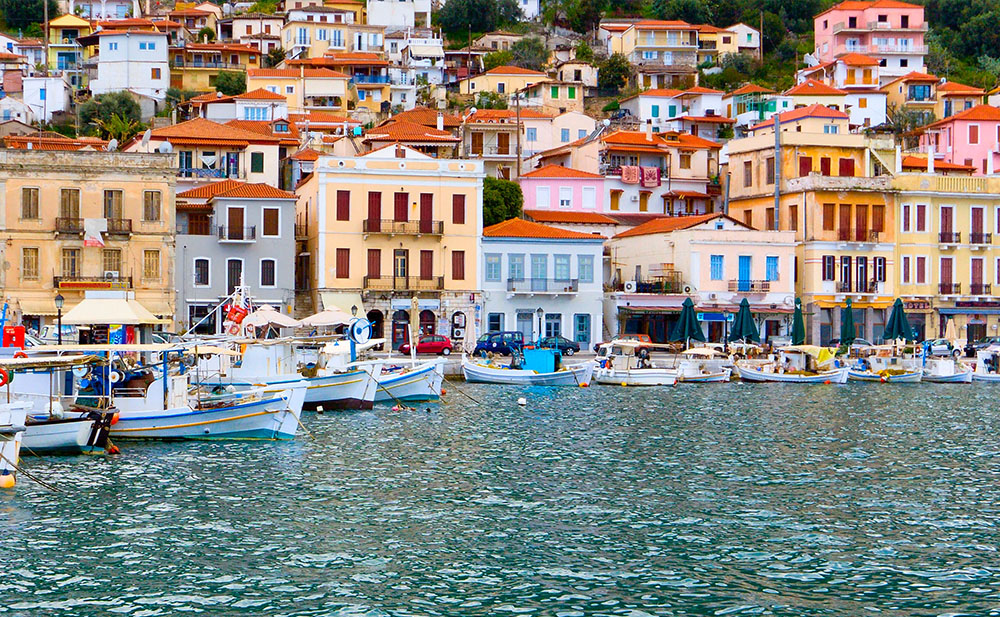
The port of Gythio in the southern Peloponessos has lots of good fish restaurants, some great ouzeries and is within easy driving distance of the Mani, Mystras, and much of the south-eastern coast of the Peloponessos. It was here that the powerful city-state of Sparta had its port and it is speculated that the Trojan ships were anchored here when Prince Paris spirited the beautiful Helen away to Troy. The town has some very pleasant old buildings built in the last two centuries. It is a pleasure to wander through with the neo-classical houses, shops and spectacular old apartment buildings, hugging the side of Mount Koumaros all the way down to the sea. It makes you feel like you are in the type of Greek port that disappeared with the introduction of mass tourism into the country.
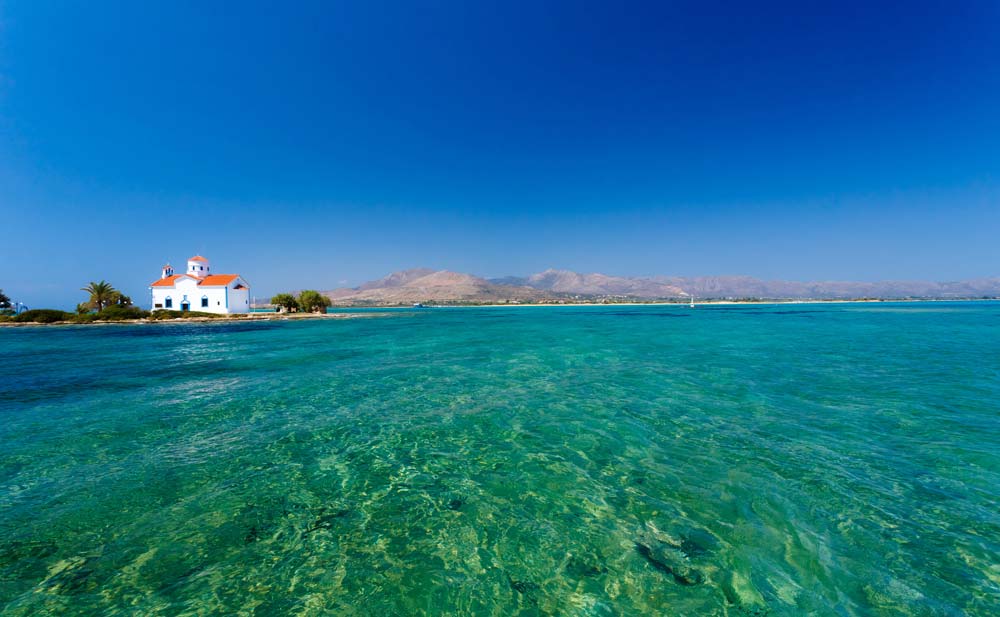
Elafonisos is a lesser-known Greek island in the Lakonikos Kolpos (Bay of Laconia), between Kythira and Peloponnese (which is not to be confused with the island of Elafonisi by Crete). In the Peloponnese archipelago, Elafonisos is the largest inhabited island, measuring in at an area of 7 miles. It is also the only island in the Peloponnese to be its own separate municipality. The island’s beauty is reminiscent of the Cyclades, with pristine turquoise waters, and one of the most beautiful beaches in Greece, Fragos (Simos) Beach. Tourists typically ride one of the ferries in Vingliafa to Elafonisos, and Athenians often visit on the weekends on their yachts – it is also just a 5-hour drive from Athens. Native residents are known for having one of the bigger fishing fleets in Greece (60% of locals are fishermen), as well as impeccable woodwork shipbuilding. Elafonisos means “Island of the Deers”, and in ancient times, the island was named “Onou Gnathos”, meaning “Donkey Jawbone”. Originally a peninsula, the sandy isthmus to this day is only 10 feet underwater. The Elafonisos Channel is the main passage for vessels sailing in the Eastern Mediterranean, and in the 16th and 17th centuries was utilized by Corsairs and Pirates. In Greek Mythology, the Channel is also known as being the starting point for Odysseus’s epic journey. The oldest archeological town site, Pavlopetri, is off the southern coast of Laconia, and is 5000 years old, completely submerged in the sea due to a massive earthquake. Enjoying seafood, drinks, and the beach is what Elafonisos is all about. Although it is unclear if it is allowed, many beach-goers pitch tents among the dunes and trees at the beach, adding to the laid-back feel of this destination. Elafonisos’s charm lives in the intimate and natural beautiful environment. Be sure to explore the castle “Pyrgos ton Meladon” to catch a beautiful panoramic view of Laconic Bay!
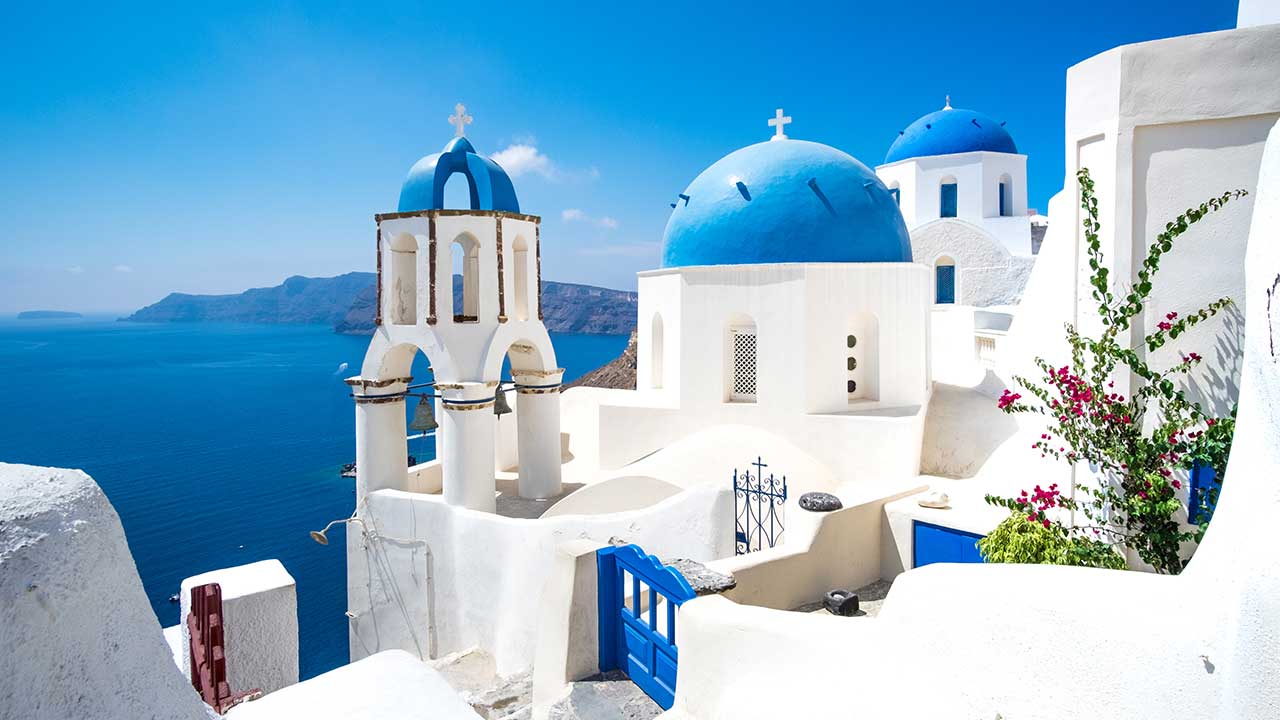
Santorini, officially named Thira, is the southernmost Greek island that is within the Cyclades archipelago, in the southern Aegean Sea. Part of the regional unit Thira, the municipality of Santorini is comprised of the island Santorini, Therasia, and other uninhabited islands of Christiana, Palaia Kameni, Aspronisi, and Nea Kameni. The geological history of Santorini is quite complex due to the area’s volcanism and is currently a water-filled caldera: a rectangular lagoon that is surrounded by three steep cliffs. The name Santorini is a contraction of the name Santa Irini, which is based on an ancient cathedral found in the island’s village of Perissa. This name was given by the Latin Empire in the 13th Century. During the Ottoman Empire, Santorini was called “Santurin” or “Santoron”, and in early times, it was named Kalliste, Strongyle, and Thera. Santorini is the site of the Minoan Eruption (also known as the Thera Eruption), one of the largest eruptions ever in recorded history. The origins of Plato’s story of Atlantis is believed to have a connection to this eruption that destroyed the early settlements on what was formerly a single island. The descriptions found of Plato’s Atlantis strongly resembles Thera, and with seismological, archaeological, and volcanological evidence, these claims are further supported. There is also speculation that the eruption is related to the Exodus of the Israelites, as well as causing the plagues described in the Bible in ancient Egypt. The economy is sustained by two principal industries: tourism and agriculture, and has recently been voted as one of the world’s most beautiful islands in various outlets such as the Traveler’s Choice Awards in 2015. The wine industry in Santorini is becoming more relevant as well, made up of Assyrtiko, Athiri and Aidani grape varieties, which is best exemplified in Vinsanto (“holy wine”) which contains all three Aegean varietals. Although Santorini is highly arid, it’s unique ecology and climate allows it to grow unique and prized produce, such as cherry tomatoes, Lathyrus clymenum (a legume), and capers. Thus, tourists indulge in local specialties such as Brantada, Fava, and the traditional dish Santorinio Sfougato.
Suites & Staterooms
*Single Supplement for this voyage is 200% for Yacht Club Deck 2, 3 and 4. For Commodore, Admiral and Owners Suite, a 200% single supplement rate applies.
Government, Port, Document Issuance, Handling & Service fees: $427 per guest (included)
Please Note: Fares are capacity controlled and may change without notice. The fares are per person based on double occupancy. Single and third person rates are also available. SeaDream Yacht Club strongly recommends that all guests purchase travel insurance.
Yachting Land Adventures & Activities
Please check back soon for updates.
Testimonials
I hate Commercial Cruises. So I reluctantly signed up for a SeaDream, and after a week on the boat, I could not think of one thing that was not done to perfection. The food was great, the staff was spectacular, and having only 50 couples made this a private yacht cruise. I have signed up for my second cruise, and probably will only Yacht with SeaDream in my future. Pat M.Florida
We have done other small ships in the past, but you guys take it to a higher level. We were very happy with everything, Ship, Captain, Crew, Cuisine, just outstanding and made us feel like family! Mr. & Mrs. HartNew Mexico

